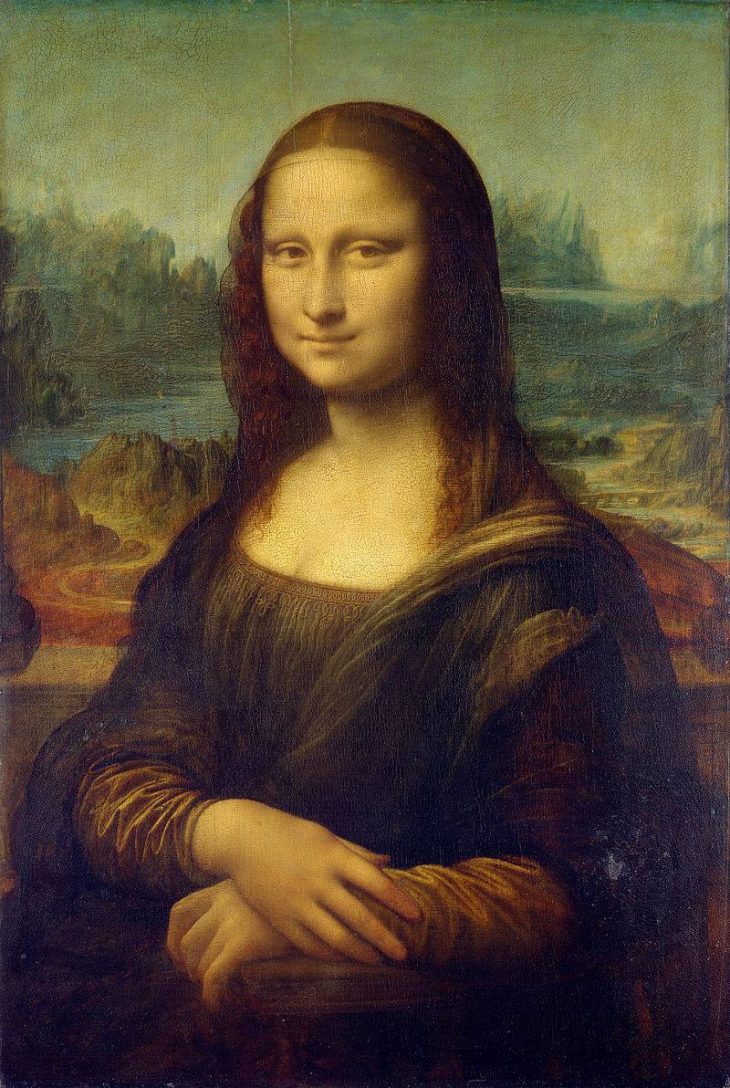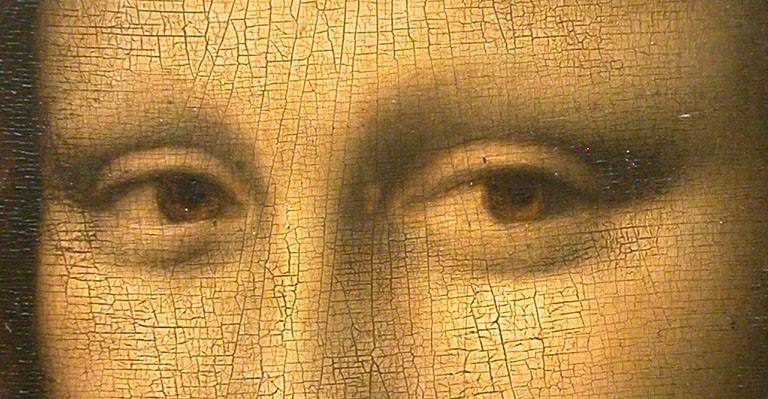
The Mona Lisa, created by the Italian artist Leonardo da Vinci, is undoubtedly one of the most iconic and enigmatic paintings in the world. Countless art enthusiasts, historians, and visitors have been captivated by her mysterious smile and the allure that emanates from her eyes. In this article, we delve into 20 interesting facts about the Mona Lisa, shedding light on the secrets, controversies, and intriguing details that surround this masterpiece. Get ready to embark on a journey of discovery as we unravel the enigma behind the Mona Lisa.
The Identity of the Subject
The woman portrayed in the Mona Lisa has long been believed to be Lisa Gherardini, a Florentine woman. However, the true identity of the subject remains a subject of speculation and debate among art historians. This mystery adds an air of intrigue to the painting, fueling the imagination of those who gaze upon it.
The Smile that Captivates
One of the most captivating aspects of the Mona Lisa is her smile. It is often described as ambiguous and elusive, appearing different from various angles. Leonardo da Vinci masterfully created a sense of depth and realism in the painting, allowing the smile to convey different emotions depending on the viewer’s perspective.
The Mona Lisa’s Size
The Mona Lisa may not be as large as some other famous paintings, but its impact is immense. Measuring approximately 30 inches by 21 inches, this small-scale artwork showcases da Vinci’s incredible attention to detail and his ability to capture the essence of his subject in a confined space.
The Mona Lisa’s Theft
In 1911, the Mona Lisa was famously stolen from the Louvre Museum in Paris. The theft created a media frenzy, and the painting remained missing for more than two years. Its recovery in 1913 elevated the painting’s fame and added another layer of intrigue to its history.
The Eyes That Follow

One of the captivating aspects of the Mona Lisa is the illusion that her eyes seem to follow you wherever you go. This optical effect, known as the “Mona Lisa effect” or “follow-you gaze,” adds to the painting’s mystique and creates an intimate connection between the viewer and the subject.
The Painting’s Unfinished Status
Despite its status as a masterpiece, the Mona Lisa was never completed to da Vinci’s satisfaction. He worked on the painting for several years and carried it with him until his death, continuously making adjustments and refining details. This unfinished nature adds to the painting’s allure and raises questions about the artist’s intentions.
The Iconic Landscape
The background of the Mona Lisa features a serene landscape with winding paths, distant mountains, and a river. This landscape is believed to be a fictional composite rather than a depiction of a specific location. It serves as a backdrop to enhance the focus on the subject and her enigmatic presence.
The Technique of Sfumato
Leonardo da Vinci employed a technique called sfumato in the creation of the Mona Lisa. Sfumato involves the delicate blending of colors and tones to create soft transitions and a hazy atmosphere. This technique adds to the painting’s sense of mystery and depth.
The Bullet Hole Incident
In 1956, a vandal shot a bullet at the Mona Lisa while it was on display at the Louvre. Thankfully, the bullet only damaged the protective glass, sparing the painting itself. The incident prompted the implementation of stricter security measures to safeguard this renowned artwork.
The Hidden Secrets
Over the years, extensive analysis and technology have revealed hidden secrets within the Mona Lisa. Infrared reflectography and X-ray imaging have unveiled underlying drawings and alterations made by da Vinci during the painting’s creation. These discoveries offer valuable insights into the artist’s process and the evolution of the painting.
The Influence on Pop Culture
The Mona Lisa has left an indelible mark on popular culture. From parodies and recreations to appearances in films and advertisements, her enigmatic smile has become an instantly recognizable symbol worldwide. The painting’s influence extends far beyond the realm of art, permeating various aspects of modern society.
Conclusion
The Mona Lisa continues to captivate audiences with its beauty, intrigue, and mysterious allure. Its enigmatic smile, unresolved identity, and hidden details contribute to its enduring appeal. As you gaze into her eyes, remember that the Mona Lisa is not merely a painting; it is a work of art that has transcended time and become a symbol of artistic genius. The next time you encounter the Mona Lisa, let her whisper her secrets and leave you spellbound.
Frequently Asked Questions (FAQs)
Is the Mona Lisa the most famous painting in the world?
Yes, the Mona Lisa is widely regarded as one of the most famous and iconic paintings in the world.
How much is the Mona Lisa worth?
The Mona Lisa’s value is incalculable. It is considered priceless and is owned by the French government, on display at the Louvre Museum.
Why is the Mona Lisa’s smile famous?
The Mona Lisa’s smile is famous for its ambiguity and the illusion that it changes depending on the viewer’s perspective, creating a sense of mystery and fascination.
How was the Mona Lisa created?
The Mona Lisa was created using oil paint on a wood panel. Leonardo da Vinci employed various techniques, including sfumato, to achieve the painting’s unique qualities.
Can you take a picture of the Mona Lisa?
While visitors are allowed to take pictures of the Mona Lisa, flash photography is prohibited to protect the painting’s preservation.
Was this page helpful?
Our commitment to delivering trustworthy and engaging content is at the heart of what we do. Each fact on our site is contributed by real users like you, bringing a wealth of diverse insights and information. To ensure the highest standards of accuracy and reliability, our dedicated editors meticulously review each submission. This process guarantees that the facts we share are not only fascinating but also credible. Trust in our commitment to quality and authenticity as you explore and learn with us.
